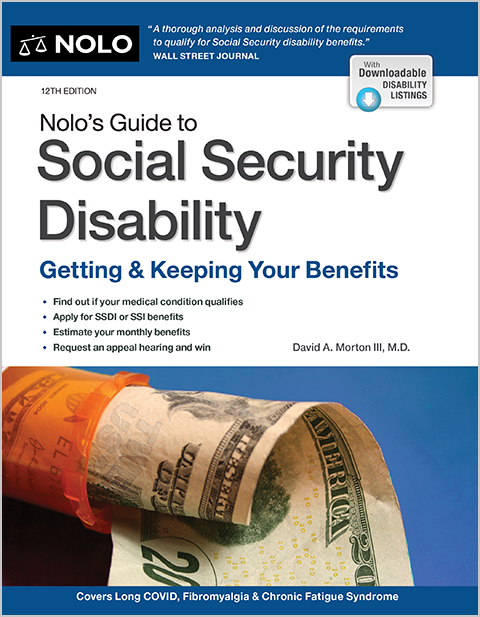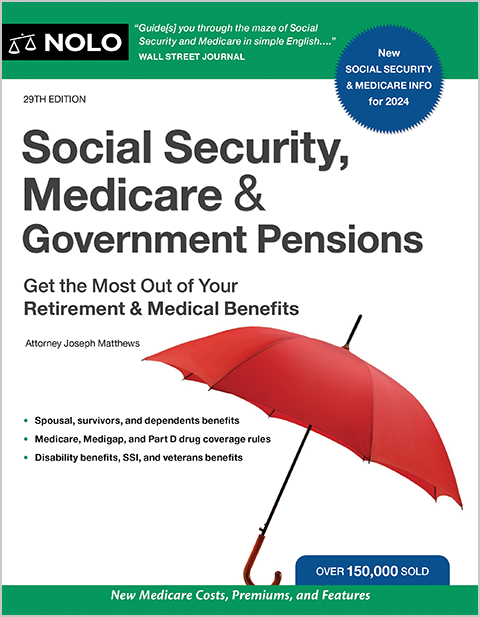Extra Help is a low-income subsidy that helps pay for Medicare Part D premiums, deductibles, and copays. Find out if you qualify.
Medicare offers different levels of low-income subsidies, called "Extra Help," to help pay for the cost of prescription drugs above and beyond what a standard Part D prescription drug plan pays. To qualify, you need to be receiving Medicare and have low income and assets. "Extra Help" will cover most of your prescription costs and sometimes also your Medicare Part D premiums. In 2025, Social Security estimates that the Extra Help program can save people an average of $6,200 per year.
What Are the Benefits of the Low-Income Subsidy for Medicare?
Depending on your income, you may qualify for Extra Help. Extra Help can pay all of your Part D monthly premium and the deductible your plan charges. Without assistance, Part D premiums average about $45 per month, and the annual deductible can be as high as $590 per year.
With Extra Help, your copays for prescription medication will be reduced as well. You'll pay no more than $4.90 for generic drugs and $12.15 for brand-name drugs. (If you qualify for Medicaid and your income is below the federal poverty level (see below), you won't pay more than $1.60 for generic drugs and $4.80 for brand-name drugs.)
If you delayed enrolling in a Part D drug plan, Extra Help also eliminates the Part D late enrollment penalty. (If you don't enroll in a Part D plan when you are first eligible for it, your premiums can be permanently higher when you do finally enroll.)
Who Qualifies for Extra Help With Medicare?
To qualify for Extra Help, you first need to be entitled to Medicare Part A or Part B. Some Medicare recipients are automatically eligible for Extra Help (and usually don't need to apply for the benefit). Anyone who is eligible for any of the following government benefits automatically qualifies for Extra Help:
- SSI (Supplemental Security Income)
- Medicaid with Medicare (qualifying for both programs is called being "dual eligible"), or
- Medicare Savings Programs, which pay the deductibles for Medicare Part A and/or Part B (such as Qualified Medicare Beneficiaries, or QMB).
If you automatically qualify for Extra Help because you're receiving one or more of these benefits, Medicare will automatically enroll you in a Medicare Part D drug plan if you don't have one already.
People who aren't receiving SSI or Medicaid can qualify if their income and assets fall within certain limits.
| Extra Help Eligibility in 2025 | |||
| Monthly Income Limit | Annual Income Limit | Asset Limit | |
|---|---|---|---|
| Individual | $1,976 | $23,712 | $17,600 |
| Couple | $2,664 | $31,968 | $35,130 |
The monthly income limit doesn't include the $20 in monthly income that Social Security automatically subtracts from your unearned income when deciding your eligibility.
Income Limits for Extra Help
If you have an annual income of less than 150% of the Federal Poverty Guidelines (FPG), or federal poverty level (FPL) and are entitled to Medicare Part A or Part B, you can qualify for Extra Help.
In 2025, the FPG for a single person is an annual income of less than $15,650 ($17,990 in Hawaii and $19,550 in Alaska). For larger family "units" (people related by blood, marriage, or adoption and living together), the figure goes up by $5,550 per person ($6,330 in Hawaii and $6,880 in Alaska). FPG amounts increase slightly in late January each year; see Nolo's article on the federal poverty level for the most recent amounts.
In 2025, 150% of the FPG (the income limit for Extra Help) is $1,956 per month ($23,472 per year) for a single person or $2,645 per month ($31,740 per year) for a couple, with higher limits in Alaska and Hawaii.
Asset Limits for Extra Help
Your assets (not including your home, household goods, or car) must be less than $17,600 ($35,130 for a married couple).
Levels of Extra Help Benefits
In the past, there were two types of Extra Help, full and partial, and the amount of Extra Help a Medicare recipient received was dependent on the category. Since 2024, everyone who qualifies for Extra Help gets full Extra Help.
Full Extra Help means you'll pay no premium and no deductible for Part D, and you'll have low per-prescription copays. You also won't enter the coverage gap (also known as the "donut hole").
Enrollment in Part D for Extra Help Beneficiaries
If you're eligible for the Part D Extra Help low-income subsidy program but aren't a Medicaid beneficiary, you can enroll in a Part D plan at any time, directly with the Part D plan of your choice.
Private insurance companies administer each Part D plan using their own enrollment forms and procedures. Some plans may permit you to enroll online, while others may require written forms. You must contact the plan directly to find out the details of their coverage and costs, and to enroll in the plan.
If the plan doesn't suit your needs, you may switch to another plan once a year, but the switch must happen during an open enrollment period (from November 15 to December 31 each year).
If you're "dually eligible" for Medicare and Medicaid, and you qualify for Extra Help, you must enroll in a plan whose premium is at or below your state's average. If you enroll in a plan with a premium higher than the state average, you will be responsible for paying the extra premium cost out of your own pocket.
If you don't enroll in a Part D plan on your own (and you're a Medicaid recipient), the Medicare program will automatically enroll you in a plan that has a premium below the state's average. If that plan doesn't fit your needs for drug coverage, you may switch plans at any time.
Applying for Extra Help
Unless you're eligible for Medicaid and Medicare, you must apply for Extra Help separately from enrolling in a Part D plan. If you think you're anywhere close to qualifying for a Part D low-income subsidy, you should apply for it. Applying for this low-income subsidy for Medicare doesn't commit you to join any particular Medicare Part D plan. If you're accepted for Extra Help, your Part D plan premium should be less expensive regardless of which plan you choose.
You can apply for Extra Help online at Social Security's page for Extra Help with Prescription Drug Plan Costs. Or you can send in an application to the Social Security Administration (rather than to Medicare or to a Part D plan). Contact Social Security to get a Medicare Extra Help application and instructions. You can reach the SSA toll-free at 800-772-1213, or you can apply at a Social Security office near you.
Free one-on-one help is available at your local SHIP (State Health Insurance Assistance Program) or HICAP (Health Insurance Counseling and Advocacy Program) office. These programs have trained counselors on staff to help you with your application.
If your application for Extra Help is approved, the subsidy will be retroactive to the date you first applied.
Once approved, your Extra Help will remain in effect for one year. Within the first year of your Extra Help, the Social Security Administration will review your finances to see if you still qualify. If you do, your Extra Help will be automatically renewed. After the first year, SSA will review your financial status periodically.
Timing Your Enrollment in a Part D Plan
Your Part D plan will cover the cost of your medications only after you have completed enrollment in the plan and your Medicare Part A or B coverage has begun. This means that any drugs you buy while your application is pending will not be covered. So it's a good idea to decide on a plan and submit an application in the months before you become eligible for Medicare, so that coverage will begin as soon as you are eligible.
Also, Medicare Part D charges an additional 1% in premiums for each month you delay enrolling. While the Extra Help subsidy can remove this penalty, you should still enroll in a Part D plan as soon as you're eligible for Medicare, in case you don't qualify for Extra Help. For more information on Part D, see our articles on Medicare Part D.


